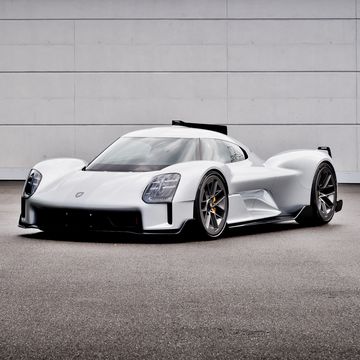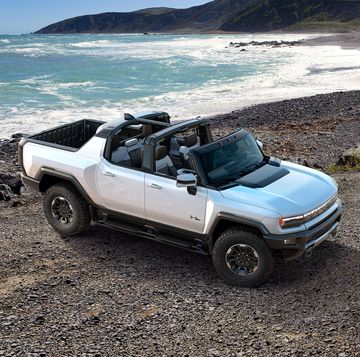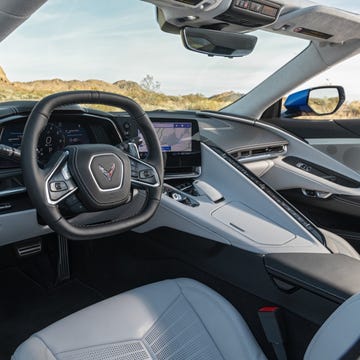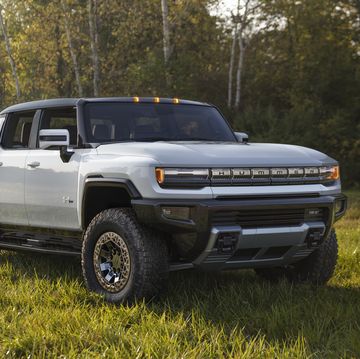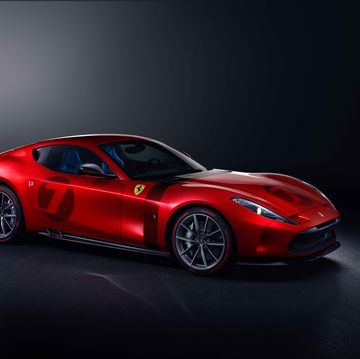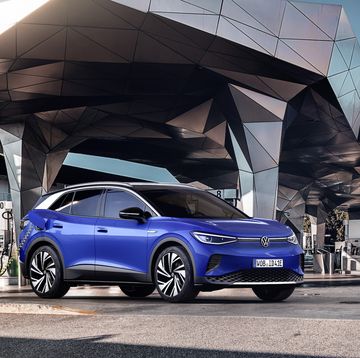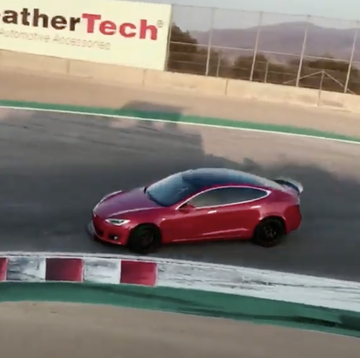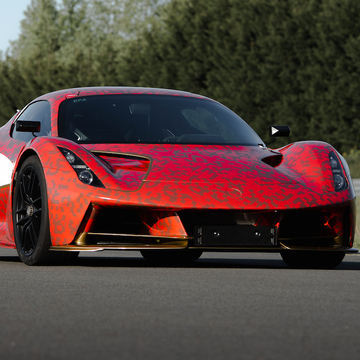Here are the most important things to know about the new autonomous Google car prototype revealed yesterday: Google's goal is to end human error, and Google views the autonomous car as a service. And that's at the heart of why I don't think car enthusiasts like myself (and likely you) should be all that afraid of the Google car.
Mull over what Sergey Brin, co-founder of Google, said to The New York Times: "Regardless of Google, I think the right model for most of the world will not be through vehicle ownership. These should be provided as services, for the most part."
A service. That's important. But before we consider the implications of referring to it as a service instead of a vehicle, let's look at what the Google car is. It's autonomous, relying on a set of sensors similar to those in the Prius and Lexus RX-based prototypes we've seen before. The most important sensor is the Velodyne 64-beam laser, which spins on the roof and provides a high-resolution map that the car can compare with existing maps. Additionally, it uses GPS data and inertial measurements to help plot location. It also uses four radars and a camera to examine its surroundings for things like freeway traffic and stoplights as well as things it might hit. Lastly, there's programming to allow the cars to mimic real-world behavior so that other drivers are aware of the car's intentions.
The new Google car is smaller than the old prototypes. It seats just two in a pod-like space with no manual controls. It's bespoke—a ground-up car created for the company to learn from. It's an experiment. It's limited to 25 miles per hour, and when tested in the real world, Google engineers will have the same emergency backup manual controls as the older prototypes. This is not finished technology; it's a technology demonstrator.
I see two analogues: one in Europe and one in the United States. In Europe, the car-free areas—urban centers in which cars are prohibited entirely—have evoked a lot of hand-wringing from people who fear they represent the first wave of anti-car legislation. Needless hyperventilation: These tiny, ultra-dense city centers are terrible for cars, anyway. Public transportation to and from the car-free areas is easy and inexpensive; the workers who can't afford to live near their employers aren't hurt, and neither are shoppers who park their cars at the edge of the zone. In this example, the Google car represents a slightly more individualistic solution to the same problem. Keep non-autonomous cars out of dense urban areas, eliminating numerous opportunities for human error to cause congestion, pedestrian injury, and pollution. Let the Google car in instead. In this urban setting, your canyon-carving weekend route isn't threatened.
READ THIS: London considers banning classic cars from downtown
In the US, consider bike-sharing programs in big cities, aimed at making public transportation more flexible for commuters. As in Europe, these tend to only work in dense urban centers where driving is terrible, anyway. In this example, perhaps Google cars take the place of bicycles and convey people who arrive via a mass transportation hub around the city.
Both car-free zones and the bike-sharing programs are publicly-funded services with broad public-service goals. They're expensive to implement, and perhaps to maintain. They require infrastructure investments, particularly in mass transit. And while they do improve the quality of life in dense urban cores, expensive infrastructure programs like these aren't terribly popular in all but the largest US cities. To see this Google car prototype and fear a driverless future is to miss what Brin and his company are saying quite openly: This is intended as a large-scale solution for large-scale spaces, not suburban individuals. It's mass transit on an individual scale. This approach lets the people who see commuting to their big-city job as a giant waste of time take a Google car instead of a train, or as a supplement to a train.
Your sports car is safe from the Google monster.




